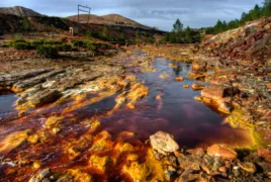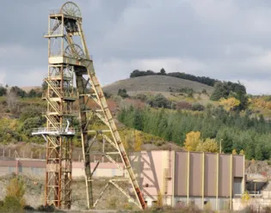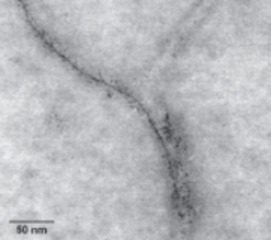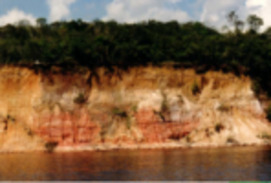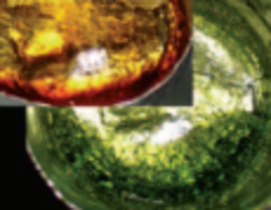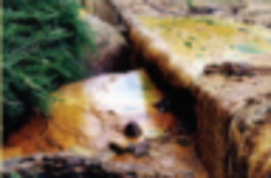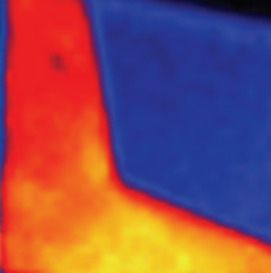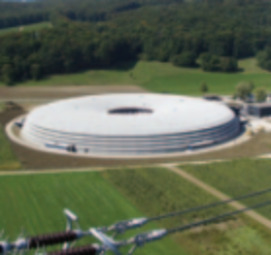Improving Mitigation of the Long-Term Legacy of Mining Activities: Nano- and Molecular-Level Concepts and Methods
Mining activities over several millennia have resulted in a legacy of environmental contamination that must be mitigated to minimize ecosystem damage and human health impacts. Designing effective remediation strategies for mining and processing wastes requires knowledge of nano- and molecular-scale speciation of contaminants. Here, we discuss how modern nano- and molecular-level concepts and methods can be used to improve risk assessment and future management of contaminants that result from mining activities, and we illustrate this approach using relevant case studies.


